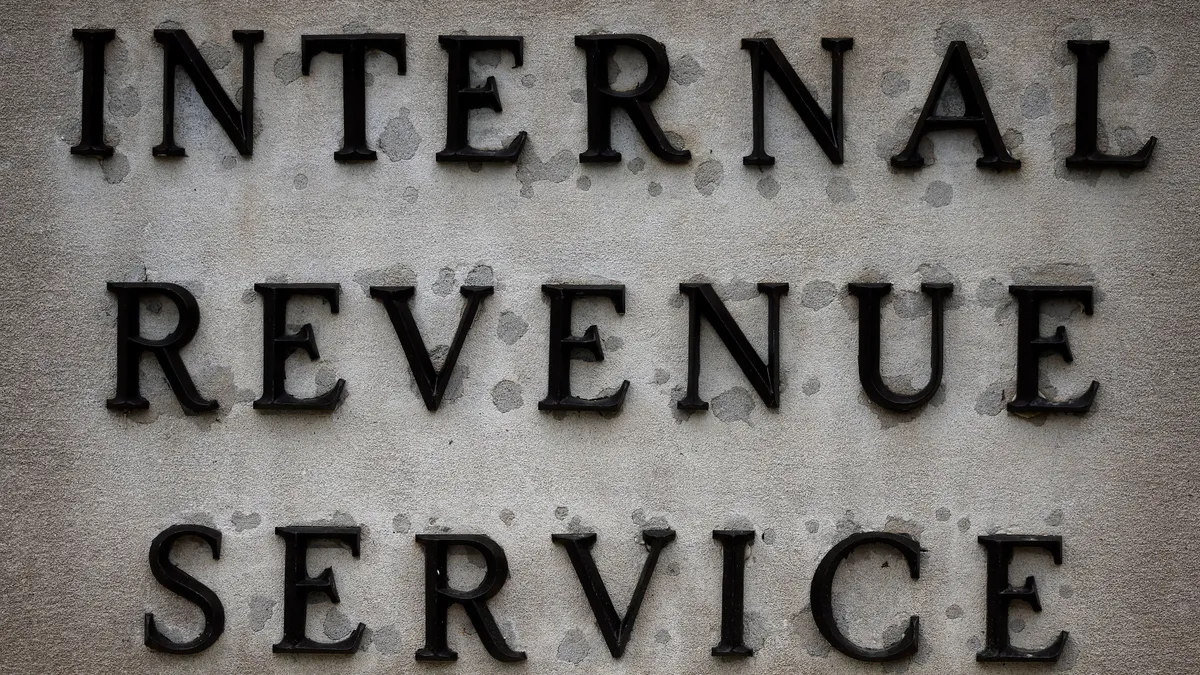Editor’s note: Rema Serafi is vice chair of tax at the accounting and consulting firm KPMG. Views are the author’s own.
Changes are coming — maybe dramatic ones — in the world of tax policy. With a major U.S. presidential election, the U.S.’s continued non-alignment with the global minimum tax, and trillions of dollars’ worth of expiring provisions from the 2017 Tax Cuts and Jobs Act nearing, companies need to be vigilant and proactive in planning for the impending "tax trifecta."
The 2024 election and tax policy
The 2024 presidential election will undoubtedly have important consequences for the direction of the tax system. If President Biden is re-elected, he will likely revive major elements of his Build Back Better plan, including raising taxes on corporations and high-income individuals while protecting those earning under $400,000. For businesses, this could include a higher corporate rate, higher taxes on multinational businesses, and an increased Corporate Alternative Minimum Tax.

Conversely, a second Trump term could aim to protect substantial portions of the TCJA's tax cuts and potentially introduce a 10% tariff on all U.S. imports. Given the stark differences, the election outcome will have major implications for businesses' tax planning.
TCJA sunset
The individual income tax provisions from the TCJA, set to expire at the end of 2025, only add to the uncertainty facing businesses. Extending these cuts would significantly reduce federal revenue and complicate efforts to address the growing budget deficit. Whichever administration takes office will have to grapple with these expiring provisions and their economic impacts.
The global minimum tax
The Organization for Economic Cooperation and Development’s Pillar Two global minimum tax went live on Jan. 1, 2024 and already applies in over 30 countries. While the U.S. has not yet signed on, American multinationals are grappling with compliance headaches and rising tax rates in countries such as Bermuda, Ireland and Singapore.
As the 2024 election approaches, the fate of Pillar Two in the U.S. remains uncertain, creating further complexity for businesses. The OECD will continue to issue administrative guidance, changing how the minimum tax rules are interpreted — ultimately providing more certainty tomorrow, but more disruption today.
Given the myriad tax policy shifts on the horizon, companies must take a proactive approach to scenario planning and prepare to adapt. For example, by integrating advanced data analytics tools, businesses can model various tax scenarios and their potential impacts on financial performance. Real-time monitoring systems are also crucial for staying updated on legislative changes and quickly adjusting strategies. The power of generative AI in these systems can help synthesize complex information and provide actionable insights faster than ever before.
It is imperative for companies to begin this planning now, ahead of the upcoming election, to avoid being caught off guard by sudden policy shifts. By understanding potential consequences, businesses can mitigate risks and ensure they're well-positioned for the inevitable ripple effects of the tax trifecta.













